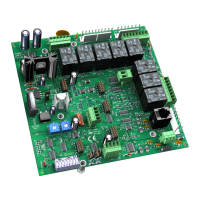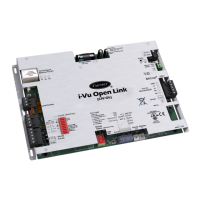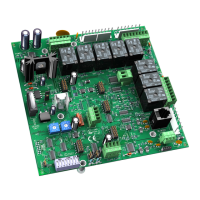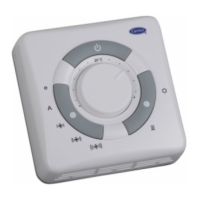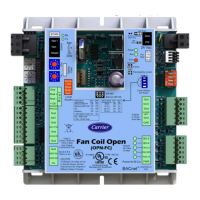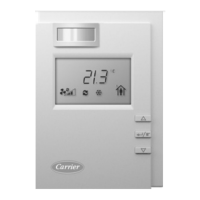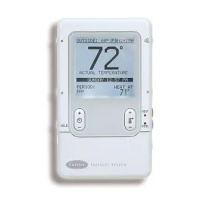VVT Zone Controller 35
BACview:
>
>
>
>
– Set the
D: to the total number of controllers
in the linked system, including the bypass and VVT Master.
R:
1
1 to 32
– Enter the MS/TP
and MAC
of the
linked air source controller.
D:
R:
D:
R:
0
0 to 65535
0
0 to 127
Select
– Select whether the controller is a Master or a slave.
Select
if the controller is the Master or a sub-master in a VAV
application.
D:
only if the controller is the Master in a VVT application. VVT
applications do not support sub-masters.
R:
Slave
Slave
VVT Master
VAV Master
D: –
The minimum number of zones required to make the air source go
into heating or cooling mode. 1 is typical for systems with 8 zones or less. For larger
systems, increase the number by 1 for each 6 zones. For example, 3 linkage callers
for a 20 zone system.
R:
1
1 to 64
Performing system checkout
1 Verify that all power and communication connections are correct and tight.
2 Verify that all zone terminals, ductwork, and zone controllers are properly installed and set according to
installation instructions and job requirements.
3 Verify that all air duct connections are tight.
4 Verify that zone terminal fans and system controls operate properly. Verify that actuator screws are
properly tightened.
5 At the zone terminals, check electrical system and connections of any optional electric reheat coil. If hot
water reheat is used, check piping and valves against job drawings.
6 Verify that all zone terminal dampers are fully open.
7 If using an air source with field-installed controls, make sure controls and sensors have been installed
and wired per manufacturer installation instructions.
8 Verify that the air source motor starter and, if applicable, the Hand/Off/Auto (HOA) switch are installed
and wired.
9 Verify that the area around the air source is clear of construction dirt and debris.
10 Verify that final filters are installed in the air handler(s). Dust and debris can adversely affect system
operation.
11 Verify that the space sensor and all optional sensors are reading correctly.
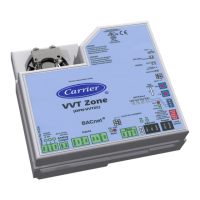
